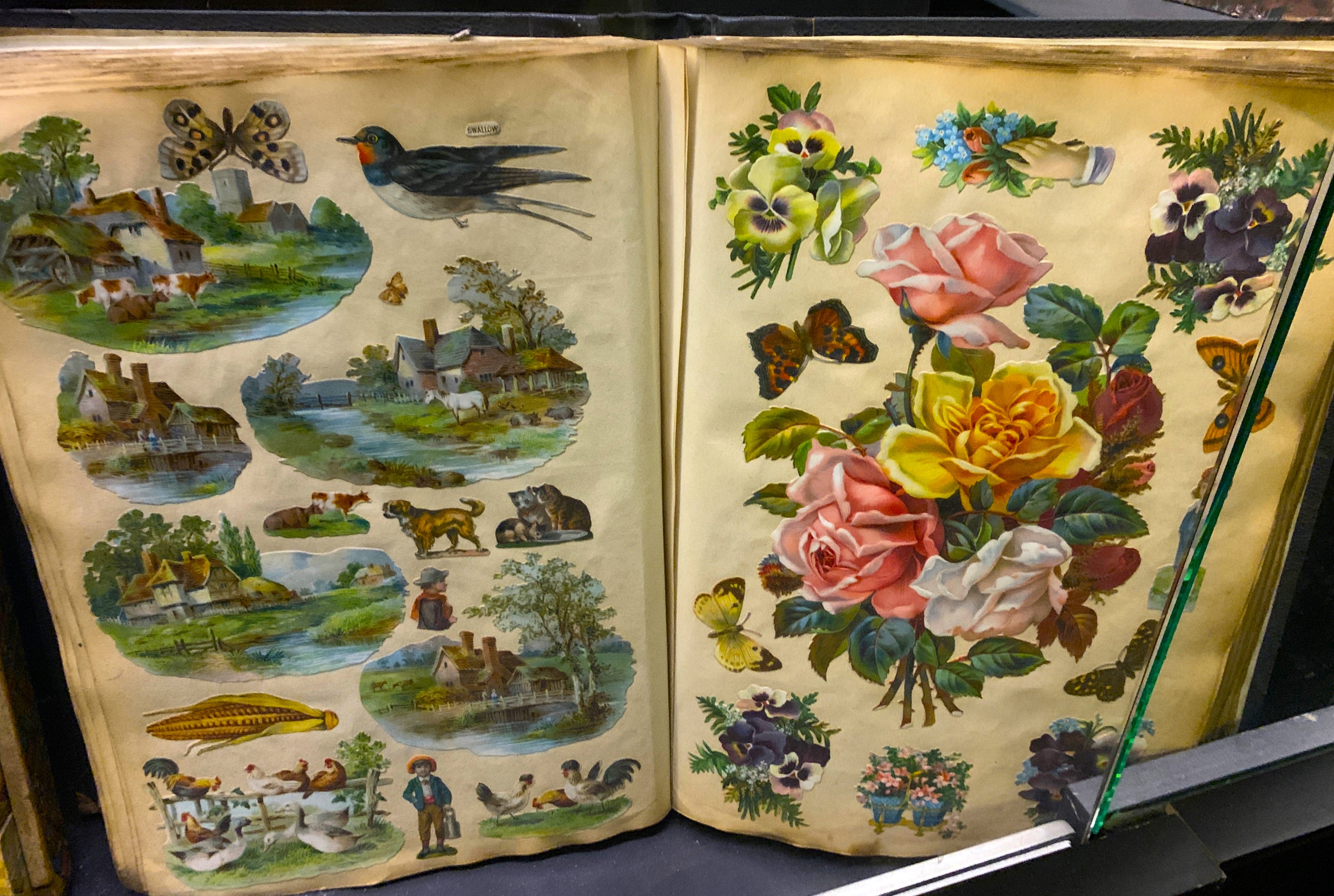Author Guest Post: Shona Parker
Thrifty Gifting the Victorian Way
Before the Victorian era, not only was gift giving not an important part of Christmas, but gifts were exchanged on New Year’s Day. It was only when Prince Albert started his family custom of gift giving on Christmas Eve with presents stored under the tree that the business of gift giving really took off, with the middle classes fuelling the production of toys, sweets and other fripperies, whilst the upper classes continued to commission hand made artisan goods for each other. Meanwhile, the working classes struggled to buy the food for Christmas dinner, let alone gifts for each other. Despite their hardship though, the poorer workforce made sure that everyone had a gift to open from Father Christmas on Christmas Day, and they did this by making the gifts themselves. Only a few materials were needed – some scraps of wood, material, paper or card and some sewing thread and a needle. So, what could a Victorian working class family expect to gift each other on Christmas Day?
- Covers to keep items clean
It was common to make covers for everyday items to keep them free from contaminants in the air. Gas lighting left a sticky residue and also degraded coloured dyes. The soot from coal fires and candles could turn everything grey eventually. So, spectacle cases, decorated boxes, pretty fabric bags to hold odds and ends, peg bags, folders for blotting paper, stamps and writing paper, tea cosies, needles and pins cases, tobacco pouches and pen wipers were all easy and cheap to make out of offcuts of fabric or card and gratefully received.
- Socks
It’s not Christmas without receiving a pair of socks it seems, but this fundamental item was gratefully received by many a working class man during the nineteenth century. Hand-knitted from wool with love by his wife or daughters or sister, socks of this kind were the original boot sock. They kept the feet warm, soaked up sweat, allowed the feet to breathe thus keeping nasty foot bugs at bay, and protected the skin from the tough leather inside a working man’s boot, thus avoiding blisters and chilblains. Thicker socks were also knitted to wear in bed, alongside night caps to keep the chills at bay.

- Scarves
Long, hand knitted scarves were also popular amongst the working classes for adults and children alike. They were often knitted from scraps of wool resulting in a colourful stripe or patchwork. Scarves were cheaper than coats and easier to wash and dry. In A Christmas Carol, Bob Cratchit enters his house “with at least 3 feet of comforter, exclusive of the fringe, hanging down before him …” Alongside knitted scarves and gloves and mittens were knitted for children and mufflers, hung around the neck ready to stuff with cold hands, could be knitted or made from fabric and stuffed with old fabric scraps.
- Handkerchiefs
Another ubiquitous modern Christmas gift, but an essential one in the Victorian era. Cut from scraps of cheap cotton and hemmed by hand, a man always had a large, square handkerchief in his pocket. For working men, these were used to wipe sweat from the face and neck, blow the nose, dry the hands and generally keep him clean through the day. In the days before pocket tissues, handkerchiefs were essential.
For women, handkerchiefs were used to dab the eyes, blow the nose and wipe hands. Also useful for cleaning the faces of children. To make them extra special, handkerchiefs were embroidered with the receiver’s initials, flowers or a border. A clean handkerchief everyday was an essential item for nearly all Victorians and so made the perfect homemade gift from daughters and sisters to dads and brothers.
- Wooden toys for boys
Home made wooden toys were easily carved and assembled by the father for his sons. This could be something as simple as a wooden sword or a set of wooden soldiers or horses, coloured with a small amount of paint. Discarded wooden soap boxes or fruit crates could be turned into a toboggan or a cart by attaching some old wheels. Wooden cricket bats could be made for playing in the street and some shaped handles attached with an old piece of rope made a perfect skipping rope. A carved penny whistle was always gratefully received.

For girls, wooden boxes were often sanded smooth, taken apart and reassembled to make a cot for a doll. Which leads me nicely onto …
- Rag dolls for girls
A new doll was always a treat, even a fabric ‘rag’ doll made from scraps of fabric with woollen plaits and a stitched on smiley mouth. Usually made by the mother, the rag doll could come with a full change of clothes, a patchwork quilt made from scraps of fabric or small, knitted blankets. The possibilities were endless and could keep a little girl entertained for hours.

- And finally, a good book …
Hand made books were common and usually based on a theme. They were made by simply cutting and pasting pictures from newspapers and magazines onto stiff and sturdy card pages which were then laced together with string or ribbon. It was common for young girls to gift each other these scrap books and for picture books to be made for much smaller children. In an era where books were expensive and out of most people’s reach, this provided a fun past time for both the maker and the receiver.
So, although poorer Victorians didn’t have a lot of money, they still managed to make each other delightfully happy with their gifts infused with the maker’s time, effort and love.


How the Victorians Lived is available to order here.

